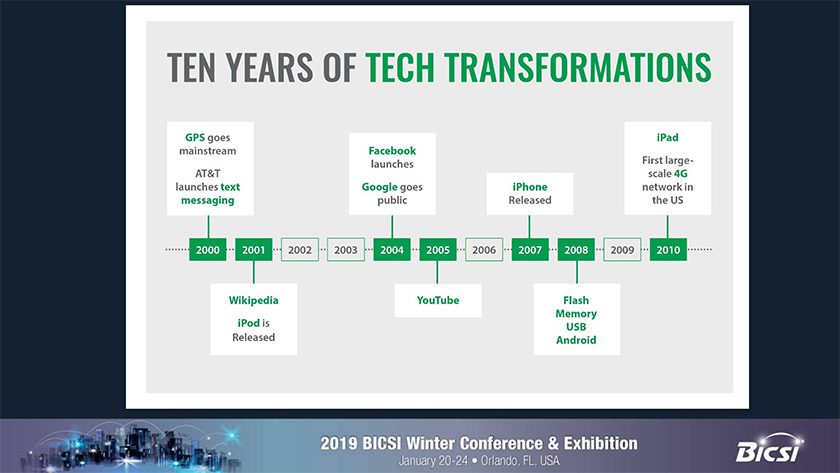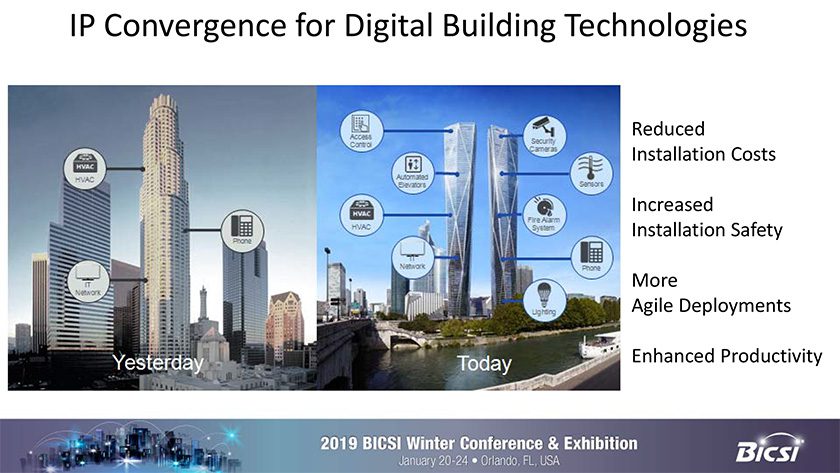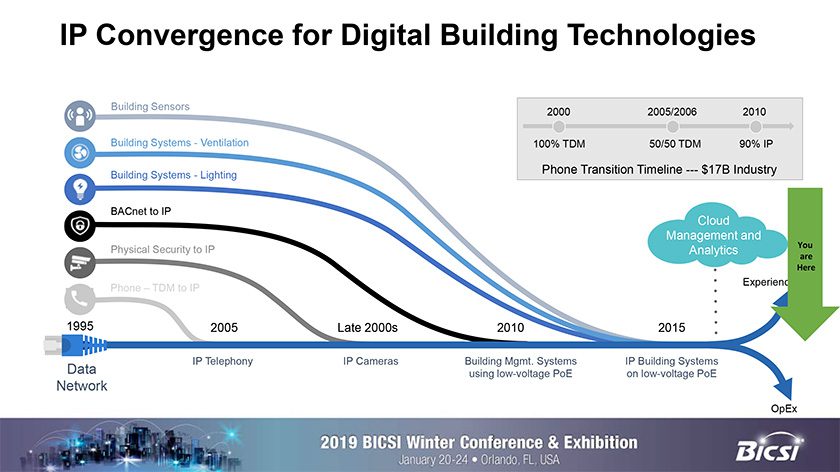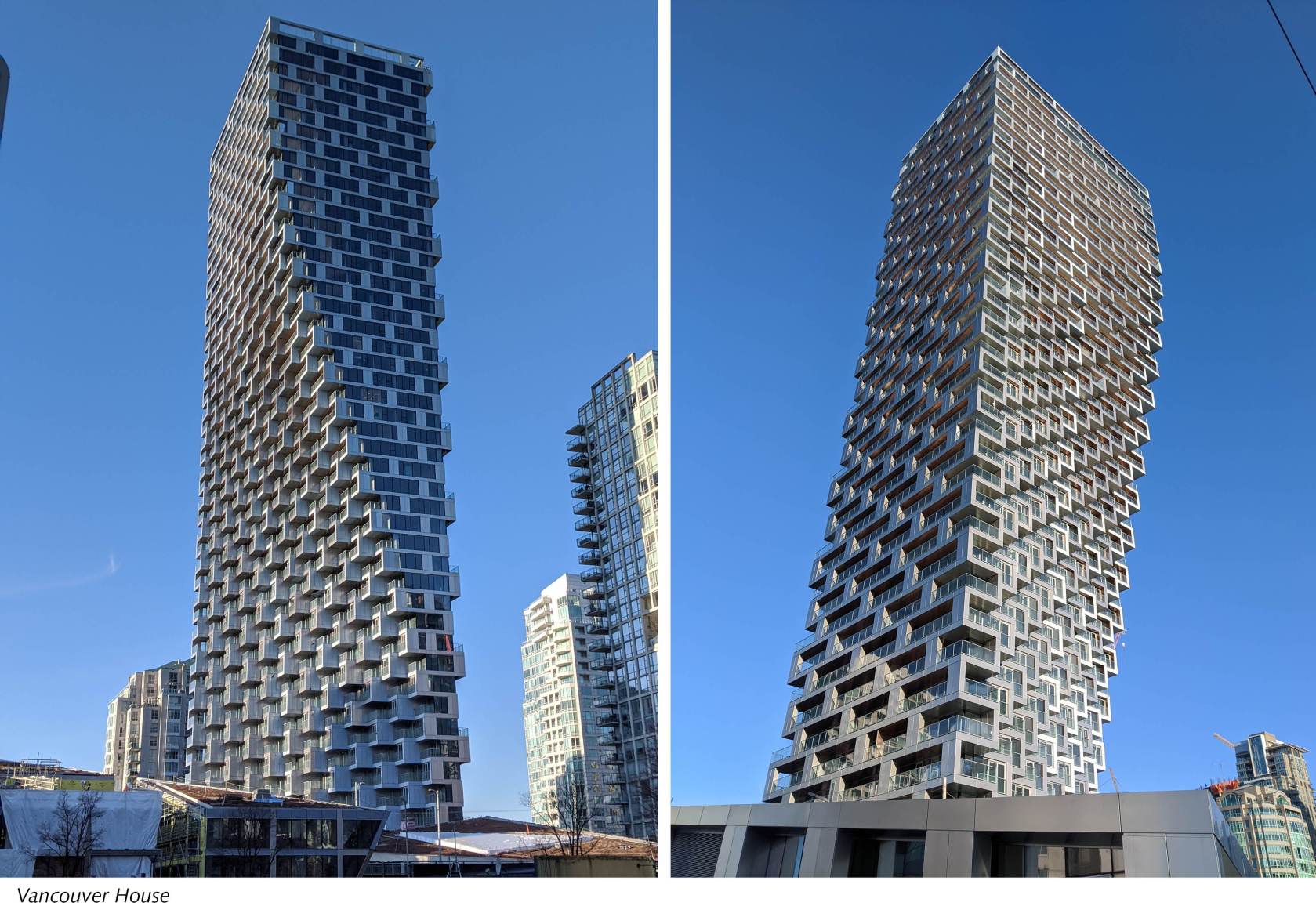
Daily we are inundated with advertisements, news reports, and experts letting us know that the intelligent building/community is just around the corner and is going to change our lives. According to the Intelligent Building Institute, an intelligent building can be defined as “one which provides a productive and cost-effective environment through optimization of its four basic elements including structures, systems, services and management and the interrelationships between them.” After attending the BICSI Winter Conference in January whose theme was intelligent infrastructure, I believe our role as designers and client advocates is to keep clients informed of the evolving technologies and how they can be adapted to provide value and opportunity for both the client and the community at large.
As a design engineer, I have been challenged throughout my career by clients that are required to do more with fewer resources, complete more in a shorter amount of time, and continue to provide and improve quality along the way. Every client we work with is unique, and the pace of change is ever evolving (just think, 15 years ago the iPhone did not even exist!). It is critical that the infrastructure we design and install today can adapt and grow along with our clients. We also do not want to overlook any infrastructure system opportunity in our communities and buildings, as a concrete road can be just as intelligent/interconnected as the latest Google Data Center building.

With this understanding, it has become imperative that designers and client stakeholders are discussing where they are today and where they want to go in the future. With these conversations, the idea of convergence can begin to take hold in the integrated design and allow for the infrastructure to interface in a more efficient and effective manner. To give a sense of what convergence is, let’s give the example of a new high-rise mixed use (retail, commercial, and residential) building. These buildings can have multiple systems (cable tv, internet, lighting, HVAC, telecommunications, fire alarm, etc.) that serve the same basic function: receiving information to then generate a response action.

Since the basic functions are the same, it then makes sense for the multiple systems to utilize and leverage a common platform, which allows the systems to converge and work together. This is how a person can be in their apartment on the tenth floor and ask their voice activated television to check on reservations for the restaurant on the second floor skywalk and have near real-time feedback. This interconnectivity is an amazing feat in design and implementation of intelligent infrastructure, and the reason we’re doing it in the first place is because this is a service that both tenants and clients are requesting.

It is a very exciting time to be in the design community with the amount and pace of change, and we always look forward to our clients’ continued ability to find ways of challenging us. Along with intelligent infrastructure, it will be important for the design community to be able to adapt and grow with the expectations of our clients moving forward.
